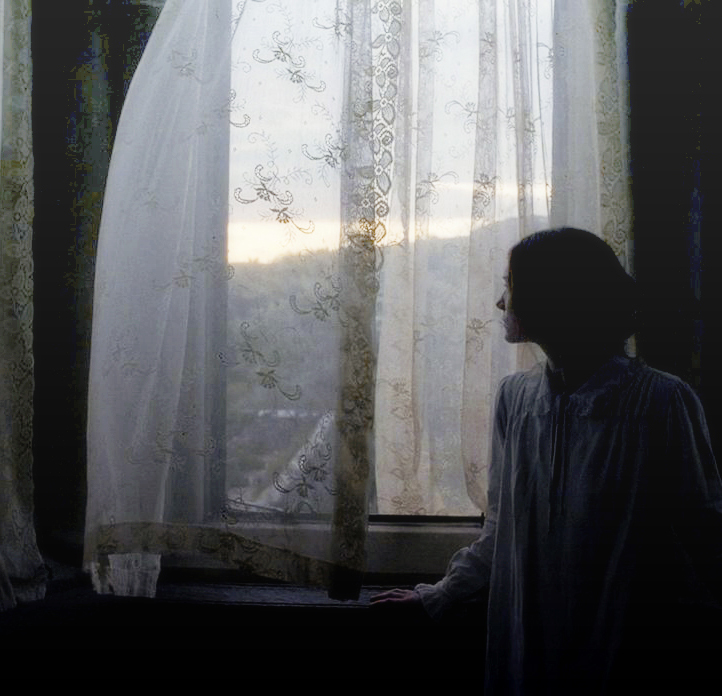
“This time I’m not going to tell you a story. I’ll just say that insanity is the inability to communicate your ideas. It’s as if you were in a foreign country, able to see and understand everything that’s going on around you but incapable of explaining what you need to know or of being helped, because you don’t understand the language they speak there.”
I read this novel back in 2008, when I had just started working in a bookstore and discovered the glorious world of buying books with employee discount. I was studying English Literature at the university, and my apartment was filled with every book I thought I might want to read at some point. The consequence was a little bit of chaos, a lot of reading, but also a lot of books left unread. Luckily, Veronika Decides to Die was not one of those books.
The title of the novel is compelling in itself, and I was going through a Coelho-period, having just finished several short stories by the Brazilian author. Veronika Decides To Die (Veronika Decide Morrer in Portugese) turned out to be my favorite of the bunch, and it still is today. When I saw that they are re-releasing the movie-version with Sarah Michelle Gellar, I decided it was time to write a short review of why I think you should read this novel even if the movie turns out to be awful.
“A lot of people think something is right, and so that thing becomes right.”
The novel is not for everyone, and while it was written by Coelho at 50, it is a book that affected me as a 19-year-old more than it would if I read it now, or at least that’s what I suspect. But if it hits you at the right moment, the novel can feel like the most profound piece of literature you’ve come across, and a story that truly captures the apathy, the cynicism and paradoxical longing for meaning that is atypical of your early 20s.
24-year-old Veronika decides to die, this is the basic premiss of the novel. She is pretty and intelligent, but depressed and apathetic to life and her place in it. And so she tries to commit suicide and wakes up in a mental institution, where she is subsequently told that she only has a short time left before she will die as a result of the damages caused by her suicide attempt.
“Once in a mental hospital, a person grows used to the freedom that exists in the world of madness and becomes addicted to it. You no longer have to take on responsibilities, to struggle to earn your daily bread, to be bothered with repetitive, mundane tasks. You could spend hours looking at a picture or making absurd doodles. Everything is tolerated because, after all, the person is mentally ill.”
What follows is a traumatic, but life-altering journey as Veronika is subjected to the various experiments treatments conducted by the hospital’s head psychiatrist Dr. Igor, while simultaneously discovering the freedom of expression associated with being in a mental hospital. As a mental patient she is given leniency in terms of what she says, does and feels, free of the mental constraints of a “normal” society.
I wont spoil the plot here, but I will say that it is as interesting as the underlying topics Coelho brings up.
The novel explores the notions of sanity and insanity, in the spiritual, oft-quoted way that Coelho is famous for, and leaves you with a non-ironic urge to “seize the day!” in a way that inspirational wall art never could. If you need a “feel bad and then good”-book one of these days, Veronika Decides to Die should to the trick.





Har sett frem til denne filmen en stund! Bare tittelen i seg selv er spennende nok.
Jeg tror den skal være tilgjengelig på norske netflix nå! :)